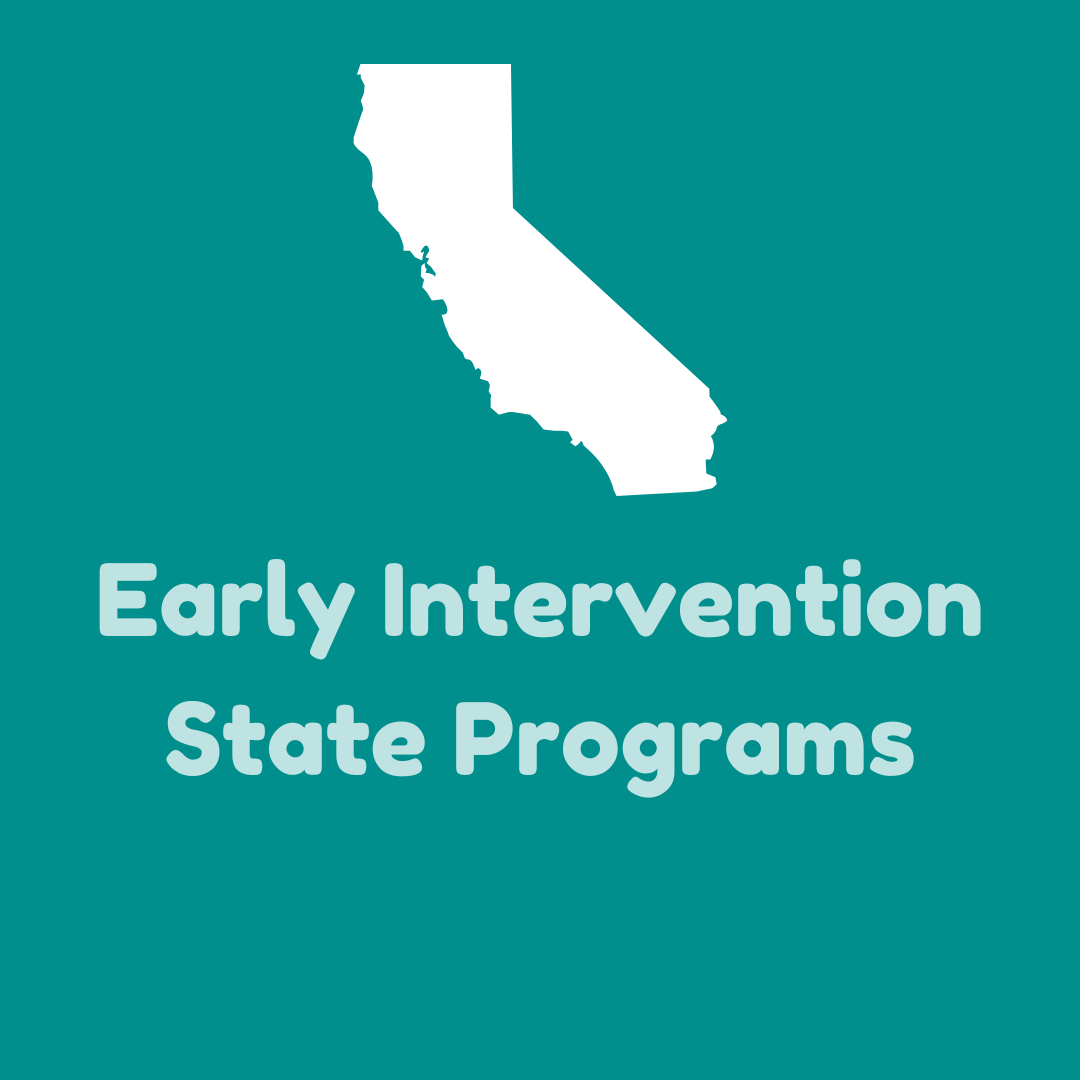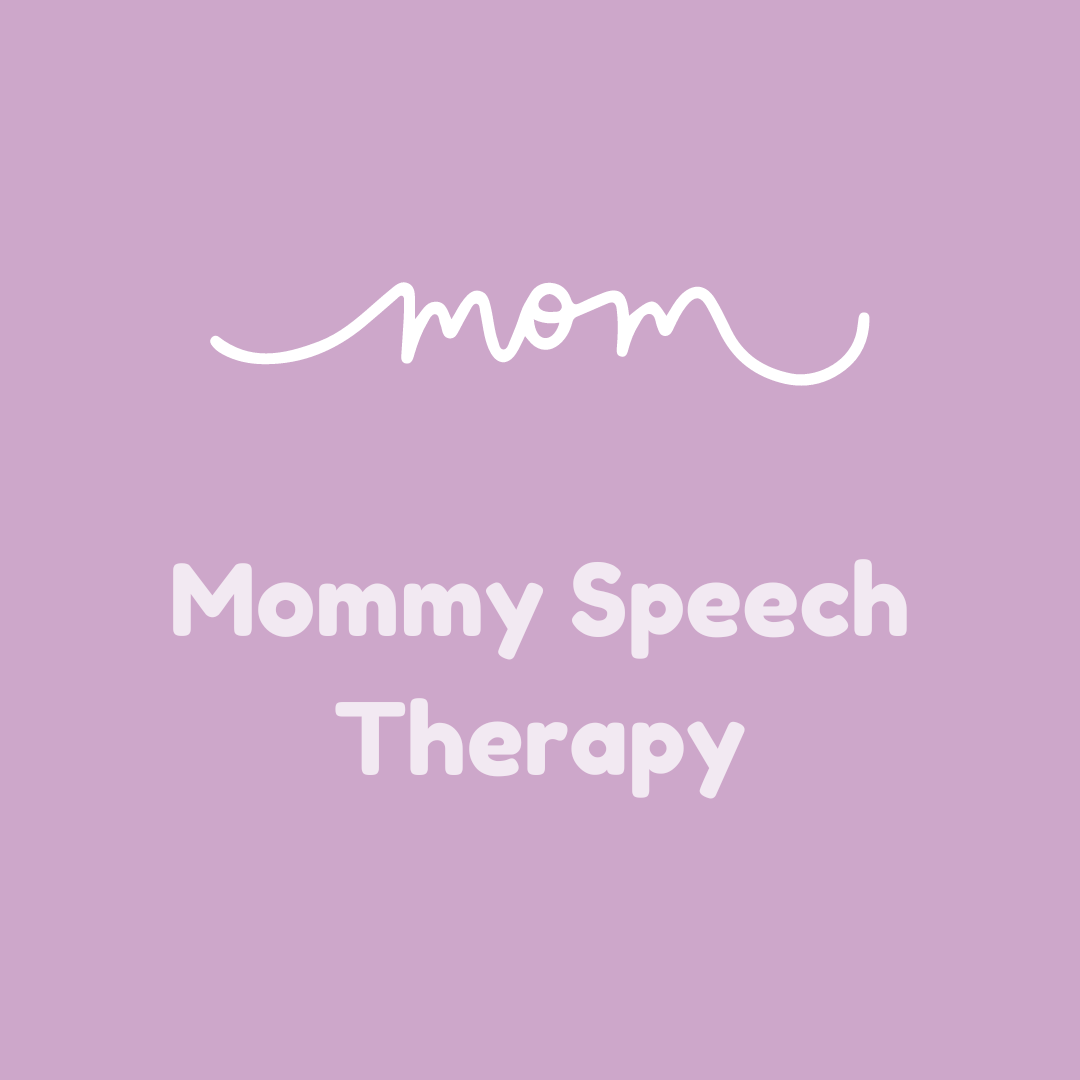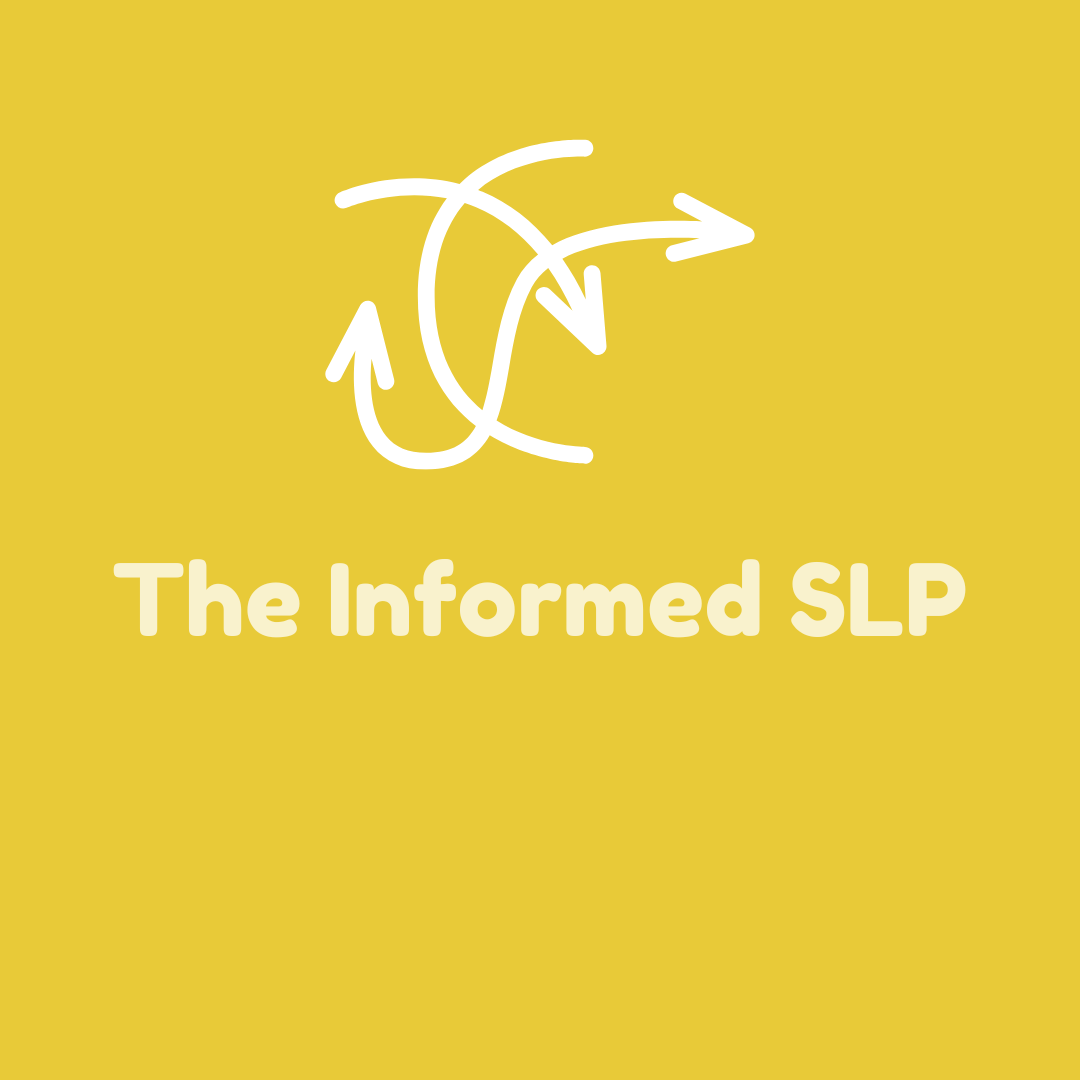Top 10 Free Speech Resources for Parents
Here at Toddler Talk we have tons of free speech therapy resources for parents, from articulation norms, to common toddler speech patterns explained and guides to understand how to teach sounds at home.
But today I wanted to share some more resources! Specifically, my top 10 favorite speech therapy resources for parents of toddlers with speech delay or speech disorders.
These resources are all related to toddler speech (aka pronunciation) to stick with our Summer of Speech theme. (You can keep an eye out for a language resources blog post soon!).
I also want to share more about speech specifically because unfortunately there’s not a ton of resources for toddler speech; most online speech therapists, blogs, and paid courses focus on language (vocabulary and understanding skills). But, I think it’s important to consider both because speech and language are both developing simultaneously for your little one!
So here we go…
How I picked my favorite free speech therapy resources
There are about 150,000 speech language pathologists in the United States and there is tons and tons of great information out there. Sometimes with so much information it’s hard to know who to trust or what applies to you. I am sharing with you the same resources I share with the families I see in speech therapy. Here are my criteria to make the list:
I’ve only chosen information that is backed by research and upholds the highest standards (obviously 👍) And no one has asked me to promote their site or resources.
The resources must be free. Quite honestly the free resources are often the same as those you pay for because it’s all based on the same research. And when it comes to speech development, investing in speech therapy would be much more helpful than an online course.
It has to be parent friendly - In order to be on my top list the resources must be easily digestible and parent friendly.
Free Speech Resources For Parents
I’ve separated my Top 10 resources into 3 categories (click the links to jump to a particular section):
Speech Therapy - finding a great speech therapist
Practicing At Home - how to do it
Understanding How Treatments Work - this section is a bit more technical
Finding a Great Speech Therapist
When in comes to treating speech there really is nothing better than working with a speech therapist 1:1. A speech therapist’s trained ear will be able to identify what is making it hard for your little one to talk and how to best help them. Answering these questions will help you see the greatest progress. The next 4 free resources will help you with getting started with an amazing speech therapist!
#1 State Early Intervention Programs - Find a speech therapist near you, no insurance or doctor’s referral needed
When it comes to speech, nothing can replace the trained ear of a speech therapist. The best results happen when we can identify why children are having a hard time pronouncing words, and it can be really tricky to figure out. Finding the right strategies for your child can truly make all the difference which is why my first resources all have to do with finding an amazing SLP.
If you haven’t seen my post about finding a speech therapist near you, this is my reminder that you can access early intervention speech therapy for free through your state’s Early Intervention Program (in the United States).
#2 Apraxia Kids - Hands down this is the best parent resource for children with apraxia!
Treating apraxia is different than treating other speech disorders and finding a trained speech therapist can make all the difference in your child’s speech outcomes. Apraxia Kids has a great tool to find an apraxia specialized speech language pathologist near you.
Also check out their resources for parents who are new to apraxia. They have TONS of resources to help you understand apraxia and how the speech therapy process works.
And their community tab is an excellent place to find other parents going through the same journey. Having a support group can help you continue moving forward and focusing on the positive even when you’re really worried about your little one.
#3 Find a PROMPT SLP - PROMPT is a tactile-kinesthetic (touch and feel) approach to teaching children with speech sound disorders new sounds and sound patterns.
I have seen especially positive outcomes for children with Childhood Apraxia of Speech who work with PROMPT trained speech therapists. When speech therapists use PROMPT they touch a child’s face to show them how to move their mouth to make the sounds which is often more effective in the early stages of therapy than a child trying to copy you on their own. I don’t believe that PROMPT is the be all end all of speech therapy, but my experience suggests that PROMPT techniques can be a powerful tool in the speech therapy toolbox.
If your child has apraxia you may consider looking to see which speech therapists are trained in your area or talking to your case coordinator about being paired with a PROMPT trained therapist.
P.S. You may see flashcard resources on their website and I really don’t recommend flashcards. Instead I would highly recommend practicing with real life objects in context. (Flashcards are not needed to use the PROMPT approach)
#4 Mama Hu Hears
Having your child’s hearing tested is part of the processes for getting started in speech therapy. And a hearing evaluation with an audiologist is the gold standard for children with speech concerns.
“Why?” you might be wondering. Before investing your time in speech therapy to learn to say the sounds, it is very important to check that your child is able to hear all the sounds. If your child can’t hear a specific sound it will be nearly impossible for them to copy the sound you’ve made no matter how much speech therapy they attend.
If you are wondering how on earth someone is going to effectively test your child’s hearing, I love audiologist Dr. Michelle Hu’s free download - you can get a copy here. She teaches us about how to prepare for your child’s first hearing evaluation to help set your little one up for a successful hearing test experience.
Practicing At Home
Now that we’ve talked about how to find a great speech therapist, I know you really curious about what you can do at home to start practicing. The next group of resources are all ones that you can use to guide your at home speech practice activities.
#5 Baby Sign Language Dictionary - This isn’t going to teach your child speech exactly, but baby sign language is a great communication tool to work towards clearer communication.
If children are understanding things but having a hard time saying the words, giving them a way to express themselves while their speech develops is a great way to empower them and reduce their frustration. Creating a communication system they can use is often an early goal in speech therapy, even before working on pronunciation.
I love the baby sign language dictionary because it’s easy to find the words I am looking for and it’s easy to learn the new signs from their short and simple videos.
You can use the Baby Sign Language Dictionary to learn the baby signs and refer to our blog post about how to use baby signs with your toddler. We cover how to teach baby signs and how they can help kids learn to talk.
#6 Home Speech Home You’ll find word lists and speech therapy activities here.
I’ve included this because it can be hard to think of words to practice at home sometimes. But keep in mind that this resource is for children of all ages and many of the activities are geared towards preschool and elementary school students.
** When you are practicing at home with your little one refer to our speech sounds by age post to be sure you’re not practicing with sounds (or words) that may be too advanced for your little one. You can also use the Home Speech Home word lists to come up with words for our final consonants activity.
#7 Speak Easy - Teaching the F & V sounds
F and V are common sounds treated in speech therapy. They are made by putting your top teeth and bottom lips together as air flows out your mouth. SLP Kyla Ettinger gives a brief breakdown of how children pronounce the F sound and how you can teach the F sound at home.
I wanted to include this resource because she talks about a few really important things.
First she reminds us that oral motor exercises, like just biting your lip or blowing without making sounds, are not going to help your child learn new words. Unfortunately there are some companies that try to sell speech therapy “tools” for these non-speech exercises; they are a complete scam as no research supports oral motor activities for speech.
Second, she points out that working on consonant clusters (when 2 consonant sounds are next to each other in a word) is harder than working on individual consonant sounds in words. So when you start teaching a sound, pick words that don’t have consonant clusters.
And third, if your child speaks 2 or more languages the time that they acquire different sounds may vary. Although there may be some variability at a younger age, researchers have found that across 27 languages children were producing over 90% of all consonants correctly.
Kyla also shares F and V word lists which you can use to help brainstorm words to focus on when you practice at home! Speak Easy also offers a paid app, I recommend trying the free resources first because they really give you everything you’ll need to get started for free!
#8 Mommy Speech Therapy Free Downloads for help brainstorming words you may practice at home
On this page you’ll find tons of sound lists at the bottom of the page. This can be really helpful if you’re stuck trying to think of words to practice at home. But again, reference our speech sounds by age post to choose the best words for your child. Working on words that are too hard for them right now can lead to frustration and your little one may start coming up with clever (or just super effective ways) to avoid practicing speech.
This page also shares the process of articulation therapy (under Articulation & Phonology Forms) which explains one (of many) articulation therapy techniques and it may be interesting for you to read through. I would just add that before starting with the steps mentioned in her process it is always important to start with sound discrimination - Can your child hear the difference between the sounds that they are making errors on? Remember that a hearing assessment with an audiologist is the gold standard. You’ll want to be 100% sure that your child can hear all the sounds before you start teaching the sounds to them.
How Treatment Works
Now let’s get a little bit technical. These last 2 resources are for parents who want to understand a little bit more about the evidence behind different speech therapy strategies for treating speech sound disorders.
#9 The Complexity Approach Explained by the Informed SLP
This article is a great resource for understanding the complexity approach which is one evidenced based option for treating phonological disorders.
In the complexity approach speech therapists will work on harder to pronounce sounds and words first because working on the harder sounds first actually helps both the harder sounds and relatively easier sounds (or early developing sounds) both improve.
If your child’s speech therapist is using the complexity approach, or maybe you're curious to learn more, this is a (relatively) digestible article that explains the complexity approach.
#10 The Informed SLP Shares About Treatment Intensity
Head to the Informed SLP to learn what research says about treatment intensity for children with speech sound disorders. Here’s a brief snippet of what they report:
You need to practice A LOT for treatment for treatment of speech sound disorders to be effective
Children with speech sound disorders do better with several shorter speech therapy sessions with lots of practice packed in to each, as compared to one long session per week
Children with childhood apraxia of speech need a minimum of 2 sessions per week to make progress - they need more frequent sessions than other children
You may also enjoy reading…
Written by: Stephanie Keffer, MS, CCC-SLP and Stephanie Keffer, MS, CCC-SLP
© 2020-2025. Stephanie Keffer Hatleli, MS CCC-SLP. All Rights Reserved.
The content offered on ToddlerTalk.com is for informational purposes only. Toddler Talk is not engaged in rendering professional advice, whether medical or otherwise, to individual users or their children or families. No content on this site, regardless of date, should ever be used as a substitute for direct medical advice from your doctor, speech language pathologist, or other health professional. By accessing the content on ToddlerTalk.com, you acknowledge and agree that you are accepting the responsibility for your child’s health and well-being. In return for providing you with information related to home speech and language practice, you waive any claims that you or your child may have as a result of utilizing the content on ToddlerTalk.com.














